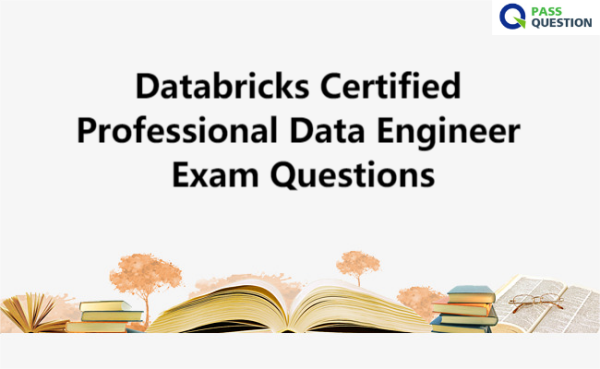If you’re looking to take your career in data engineering to the next level, consider obtaining the Databricks Certified Professional Data Engineer certification. To help you prepare for the exam, we have recently released Databricks Certified Professional Data Engineer Exam Questions which are designed to simulate the real exam and provide a comprehensive overview of the topics covered in the certification. The Databricks Certified Professional Data Engineer Exam Questions are also an excellent tool for identifying areas in which you need to improve your knowledge and skills. With our Databricks Certified Professional Data Engineer Exam Questions, you’ll be well on your way to achieving this goal.

Databricks Certified Data Engineer Professional
The Databricks Certified Data Engineer Professional certification exam assesses an individual’s ability to use Databricks to perform advanced data engineering tasks. This includes an understanding of the Databricks platform and developer tools like Apache Spark, Delta Lake, MLflow, and the Databricks CLI and REST API. It also assesses the ability to build optimized and cleaned ETL pipelines. Additionally, modeling data into a Lakehouse using knowledge of general data modeling concepts will also be assessed. Finally, ensuring that data pipelines are secure, reliable, monitored, and tested before deployment will also be included in this exam. Individuals who pass this certification exam can be expected to complete advanced data engineering tasks using Databricks and its associated tools.
Exam Information
Databricks Certified Data Engineer Professional
Duration: 120 minutes
Questions: 60 multiple-choice questions
Cost: $200
Exam Content
Databricks Tooling – 20% (12/60)
Data Processing – 30% (18/60)
Data Modeling – 20% (12/60)
Security and Governance – 10% (6/60)
Monitoring and Logging – 10% (6/60)
Testing and Deployment – 10% (6/60)
View Online Databricks Certified Professional Data Engineer Free Questions
1. Which of the following locations in Databricks product architecture hosts jobs/pipelines and queries?
A.Data plane
B.Control plane
C.Databricks Filesystem
D.JDBC data source
E.Databricks web application
Answer: B
2. Which of the following type of tasks cannot setup through a job?
A.Notebook
B.DELTA LIVE PIPELINE
C.Spark Submit
D.Python
E.Databricks SQL Dashboard refresh
Answer: E
3. Which of the following functions can be used to convert JSON string to Struct data type?
A.TO_STRUCT (json value)
B.FROM_JSON (json value)
C.FROM_JSON (json value, schema of json)
D.CONVERT (json value, schema of json)
E.CAST (json value as STRUCT)
Answer: C
4. Drop the customers database and associated tables and data, all of the tables inside the database are managed tables. Which of the following SQL commands will help you accomplish this?
A.DROP DATABASE customers FORCE
B.DROP DATABASE customers CASCADE
C.DROP DATABASE customers INCLUDE
D.All the tables must be dropped first before dropping database
E.DROP DELTA DATABSE customers
Answer: C
5. What is the underlying technology that makes the Auto Loader work?
A.Loader
B.Delta Live Tables
C.Structured Streaming
D.DataFrames
E.Live DataFames
Answer: C

